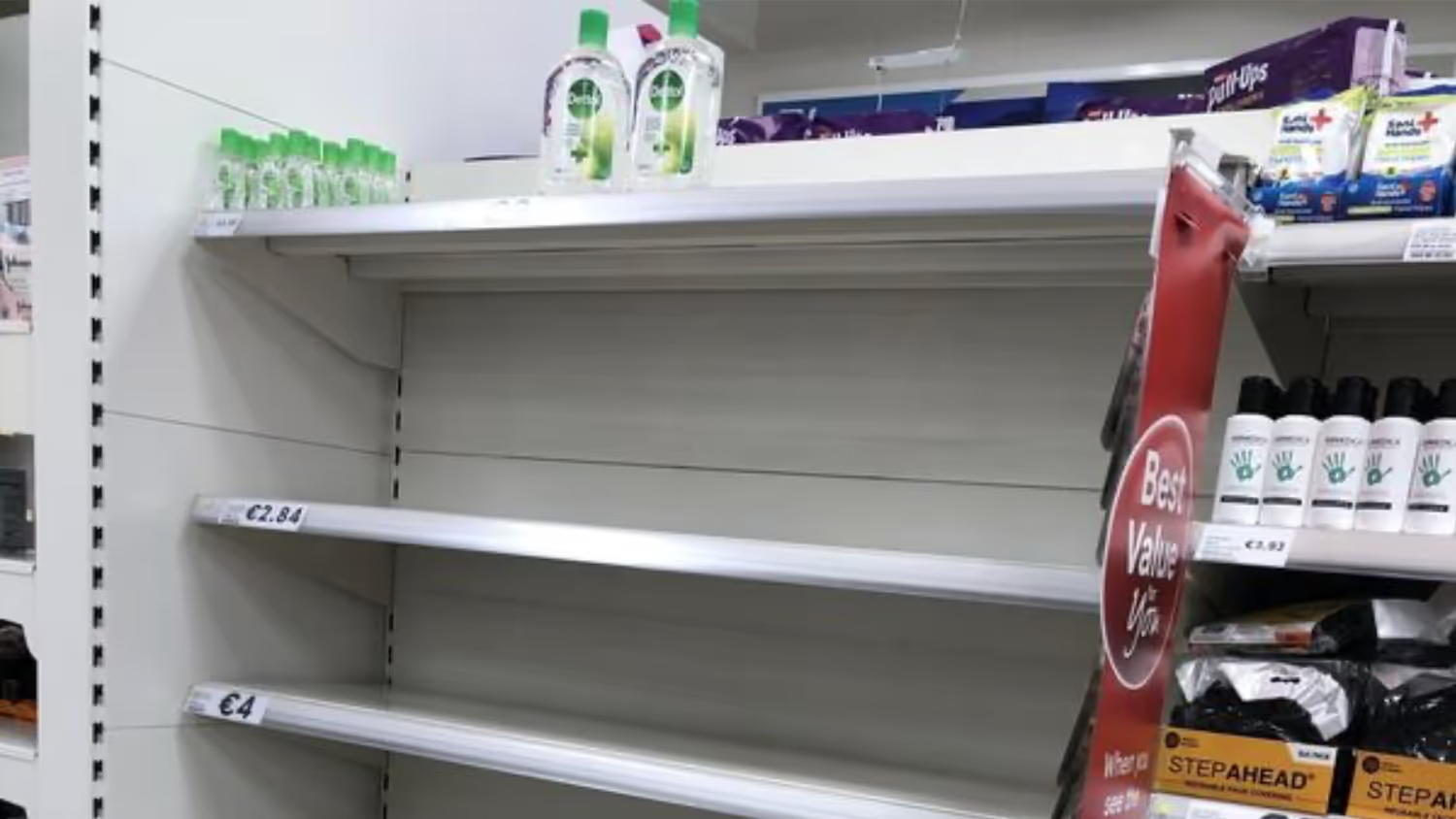One week into 2021 and an end to great global political and economic uncertainty shows no signs of ceasing in the short term thanks to the continuing Covid-19 pandemic, sea-changes occurring in the US political landscape and Brexit.
Having gained emergency approval just weeks ago, the first phases of public Covid-19 vaccination campaigns began to slowly roll out in several countries as the world continues to grapple with the pandemic. It comes just weeks after the world was alerted to a new “mutant” strain that was found to have spread rapidly across the United Kingdom, ruining the Christmas plans of millions. However the vaccine rollout has had somewhat of a false start in some countries, with complex logistics requirements appearing to be one of the contributing factors.
In France, the slow rollout of the vaccine made by Pfizer and the German firm BioNTech was blamed on mismanagement, staffing shortages during holiday vacations and a complex French consent policy designed to accommodate vaccine skepticism among the French public. Just 138 people had received a dose of Covid immunization in France after the first 4 days of vaccination, compared to Germany’s 80,000 over the same period.
Although the United States vaccinated nearly 3 million people in 10 days, the nation’s top infectious disease expert Dr. Anthony Fauci said the country “could and should have done a better job” of rolling out coronavirus vaccines. Federal officials have been struggling to explain why, after promising 20 million vaccines would have been given to people by the end of the year, only 5.3 million people have been vaccinated nearly a week into the New Year, and fewer than 20 million vaccines have even been distributed. The fast and effective distribution of these vaccines is crucial for protecting the health of both populations and economies.
The US also experienced a remarkable scene at its Capitol on Wednesday as Congress prepared to certify Biden’s victory. It came less than 24 hours after polls had closed in Georgia in two Senate runoffs that gave the Democrats the seats necessary to take control of the House, Senate and White House. The shocking event came only hours after President Trump addressed a rally of his supporters and declared that “we will never concede”. With Democrats winning both races, Mr. Biden now has a stronger ability to enact his agenda which is expected to improve international trade relations and provide some political and economic stability with key markets including the EU and China over the coming years.
Back in Europe, Brexit came into effect on the 1st of January, and with it some expected teething issues. Many European freight forwarders had been rejecting contracts to take loads into the U.K., or in some cases quadrupling costs, in the days and weeks leading up to it due to fears of chaos at Dover, the nation's main exit and entry point for freight to Europe. Stockpiling ahead of the date had been commonplace amongst organizations operating on both sides of the Channel out of stockout fears. However things didn’t go smoothly for all. UK Fisherman have halted exports to Europe as new border bureaucracy introduced by the government is making their business unviable with the situation being described as a ‘catastrophe’. In Ireland and France, popular British retailer Marks & Spencer experienced stock outs for fruit, vegetables and some pre-made meals, leaving shelves empty shelves in several stores across Dublin, Galway and Paris.
In regards to general freight levels, Eurotunnel said freight traffic across the English Channel was especially quiet at the start of the New Year this year because so many importers had rushed to bring supplies in before 1 January. This contributed to heightened levels of traffic brought to a halt when France imposed a Covid travel ban on freight just before Christmas. The policy director at the Road Haulage Association (RHA) Rod McKenzie expects there is more chaos to come in the coming weeks as applications for new ‘access permits’, mandatory for all drivers wanting to cross the Channel after 11pm on 31 December, are expected to surge. Lorries may be halted or told to turn back if they are not approved in time. McKenzie is concerned that many drivers still don’t know what paperwork they need to fill in and are likely to be unfamiliar with customs declarations and expects many will end up stuck at depots and distribution centers around the UK.

These events all have direct and indirect impacts on many industries throughout the world, and in turn on their supply chains. The urgent need to inoculate a majority of people on the planet, to help stymy and reverse the spread of Covid-19, is critical for allowing border restrictions to be eased and for ‘full-speed’ economic growth to return. This will substantially ease pressures for global supply chains, some of which have been in a state of disarray for almost one year. In the US, unity will be required to bring a divided country back together, to bring much needed stability for organizations importing and exporting, as tensions remain high with China, the EU and other markets. And lastly, if the Brexit transition experiences further turbulence, freight capacity between the UK and the continent could continue to be impacted, causing further pain for shippers, carriers and customers alike.
During such times of immense uncertainty and upheaval, many organizations have realized how resilient their supply chains really are. In fact, a recent study by Gartner suggests that only 21% of manufacturers believe that they have a highly resilient network. The benefits of investing in supply chain resilience appear to have become more widely understood but questions remain around how to best achieve this. Operational visibility enabled through digitization is one of the basic foundational pillars for building supply chain resilience.
There are a number of common ways to build supply chain resilience and real-time supply chain transportation visibility plays a central role in each one.
- Increasing buffer capacity of stock is a common way to enhance resilience, though the strategy often comes with a high cost. Transportation visibility provides precise data around inventory shipments and delivery, facilitating better stock planning which allows buffers to be maintained at lower levels more comfortably.
- Diversification of manufacturing and supplier networks (through multisourcing and nearshoring) is another way to reduce risk and boost resilience. However with diversification can come complexity of operations, lengthening and widening a supply chain’s design. By monitoring shipments and automating processes with real-time visibility across the value chain, this complexity can be confidently managed.
- Fostering collaborative ecosystem partnerships, especially for sourcing, raw material suppliers and external service partners, can help improve preparedness and resilience for the future. Real-time transportation visibility platforms offer a single south of truth and make collaboration amongst ecosystem partners fluid with collaborative workflows and automated processes (such as notifications to all parties about potential delivery delays)
There are a range of ways real-time transportation visibility can help organizations build their supply chain resilience, with specific use cases varying by organizational size, industry and current level of digitization. If resilience is a key focus for your organization for 2021, get in touch today with our friendly team of experts and learn more about how real-time visibility can revolutionize your supply chain's capabilities.
Latest blogs & product releases.
Authors






